In electrical systems, the most commonly heard term is a circuit breaker. As the name implies, it is a device which breaks the circuit. It is done when the current in the circuit exceeds a very high limit.
But many engineers do not know that there is one more device which is very useful as a circuit breaker. It is a surge protection device (SPD).
Once the surge protection device purpose is understood, it is seen in most applications that it is used in conjunction with the circuit breaker. So, it is necessary to understand this device.
In this post, we will see the concept of a surge protection device.
Surge Protection Device
SPD stands for surge protection device. What is a surge? It is a sudden spike in electrical voltage. It is similar to lightning that we see during rainy seasons. It is of such a high voltage that it can burn a person immediately. So, surges can damage an electrical circuit in a very short time. To prevent this high voltage from passing through the device, SPD is used. It can come in a great capacity, up to 10KV.
Working Principle
Refer to the below image to understand how it’s working. A surge protection device (SPD) is connected in parallel with the load. The input supply is given to the load through the circuit breaker, and it is also given to the SPD in parallel.
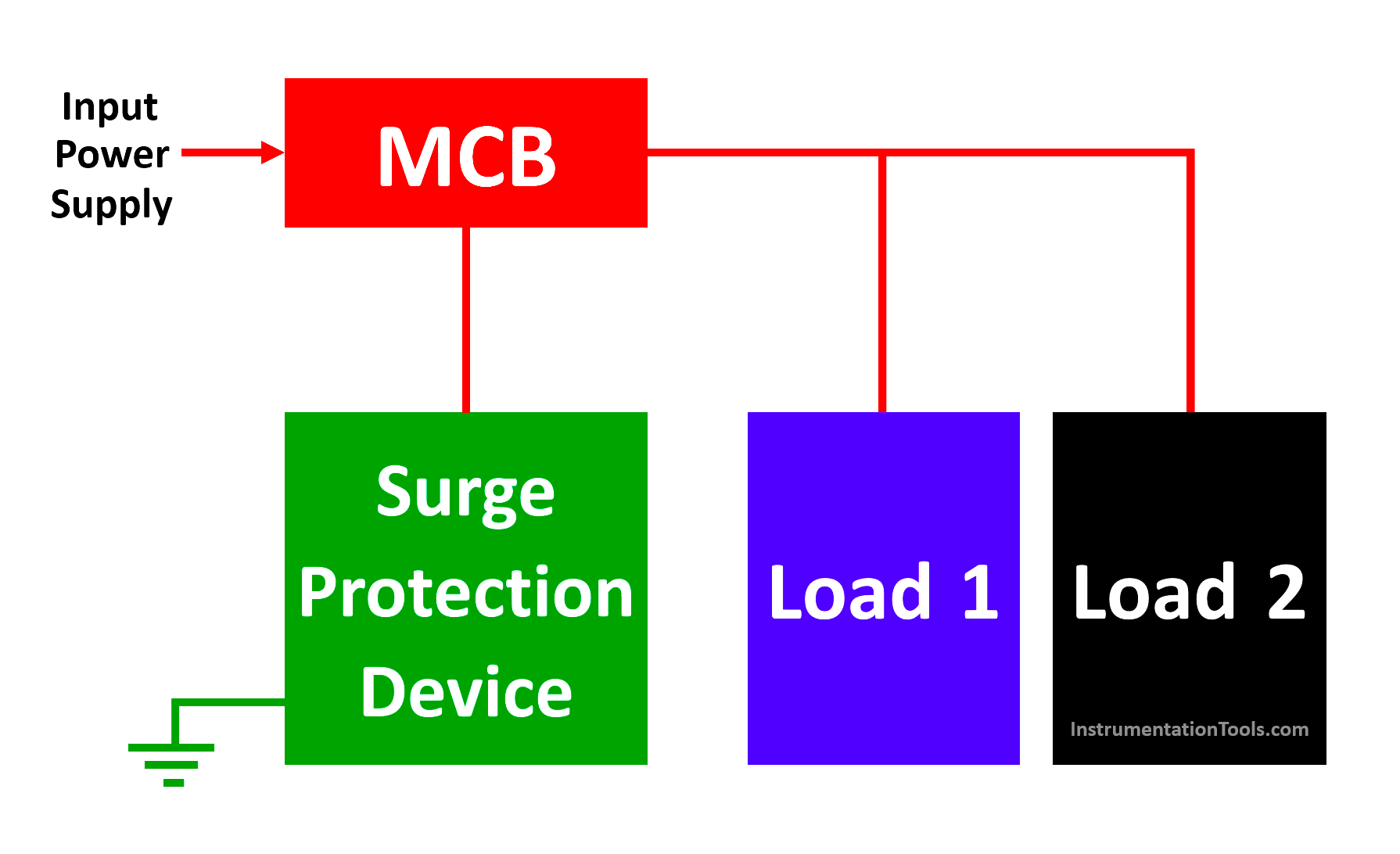
The main part that stands out is the ground or earth connection. The surge protection device is grounded specifically to power earthing in case of high-power loads and instrument earth in case of low-power loads.
Surge protection device has a very high impedance. So, it does not pass normal flowing voltage. When a spike comes suddenly, a very high voltage is experienced in the line. Due to this, the impedance of the surge protection device reduces and it allows this surgent voltage to pass through it to the ground.
As this happens, the load becomes free from conducting this voltage and it remains safe. When the voltage resumes to normalcy, the load again starts conducting current through input supply. Thus, the circuit is protected from sudden spikes, as it is passed to the earth.
Surge protection is optional. This is because circuit breakers mostly do the job by protecting the circuit. But it cannot arrest sudden spikes in voltages. In that case, a surge protection device becomes useful. Some common causes of power surges are – lightning storms, faulty wiring, power plant maintenance, faulty electrical components, downed power lines, and power outages.
Advantages of Surge Protection Devices
- Protects electrical devices from voltage spikes.
- Extends the life of electronic equipment.
- Reduces costly downtime and repairs.
- Enhances system reliability and performance.
- Safeguards data integrity in sensitive devices.
- Minimizes risk of fire caused by electrical surges.
- Easy to install and integrate with existing systems.
- Cost-effective way to prevent unexpected maintenance.
- Improves overall safety for users and connected devices.
Types of Surge Protection Devices
Surge protection device is simply categorized by the location of the load. Now, it is also defined by the rate of rise of current, known as transients. It can typically go up to 100 amperes per microsecond or even faster.
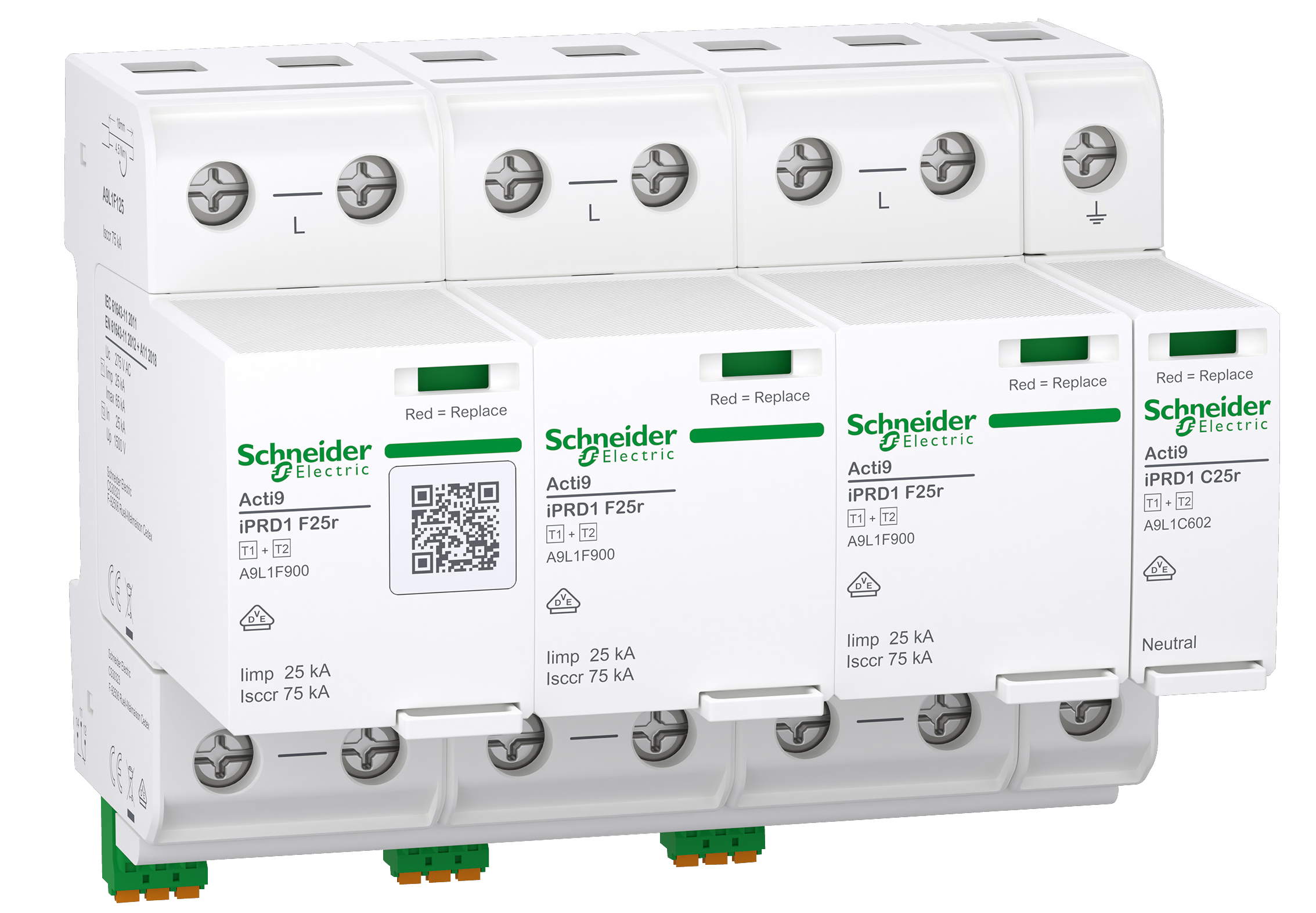
Type 1 surge protection device
Type 1 is the nearest point to the input supply, and the most sensitive to destruction. It is generally specified by 10/350 microsecond wave. (Example – near main distribution board)
Type 2 surge protection device
Type 2 is the between point from type 1 SPD to the load, and the less sensitive to destruction. It is generally specified by 8/20 microsecond wave. (Example – sub-distribution board)
Type 3 surge protection device
Type 3 is the farthest point from the input supply, and the least sensitive to destruction. It is generally specified by 1.2/50 microsecond wave. (Example – near protection load)
Apart from these types, it is important to note one more thing related to this. surge protection device is normally selected by two main criteria – clamping voltage and energy absorption.
Clamping voltage is the maximum rated voltage that the surge protection device can absorb and pass to the ground. If the voltage surge exceeds this voltage, then the SPD will not work. Energy absorption means how much energy this surge protection device can absorb and pass to the ground.
In automation systems, surge protection device is used either in MCC panels for protecting high power loads or in PLC panels for protecting sensitive field devices and instruments.
If you liked this article, then please subscribe to our YouTube Channel for Instrumentation, Electrical, PLC, and SCADA video tutorials.
You can also follow us on Facebook and Twitter to receive daily updates.
Read Next:
- What is an Extra Low Voltage System?
- Difference between UPS and Stabilizer?
- How to Choose an Electrical Conduit?
- Difference Between Trunking and Conduit
- PLC Programming Projects for Beginners
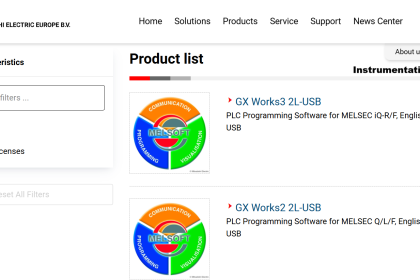
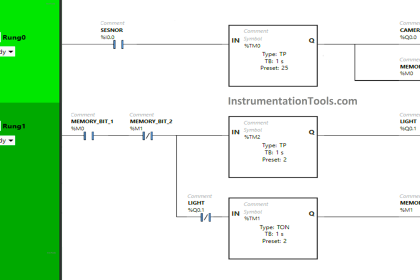
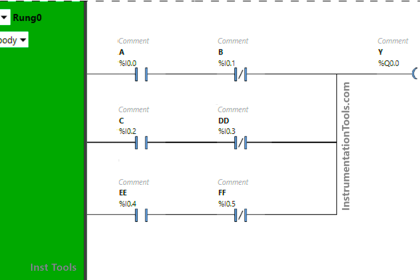
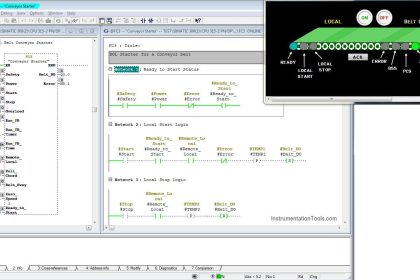
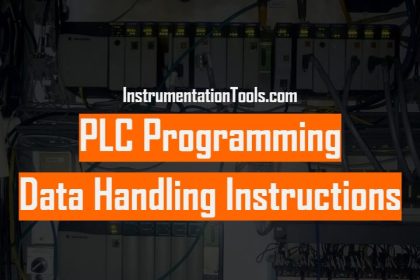

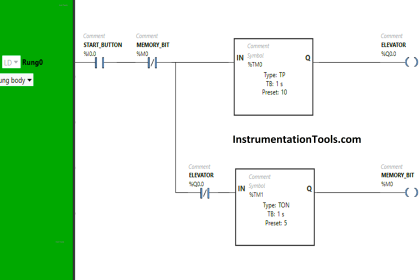
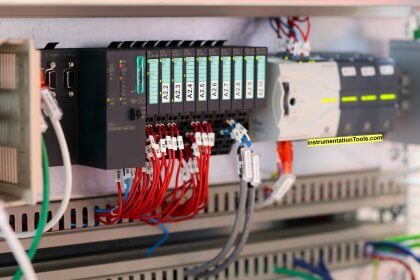
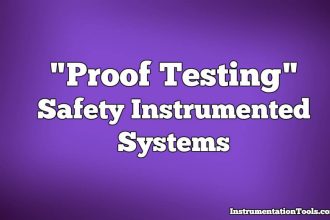
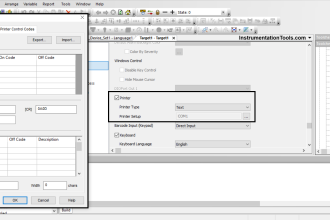

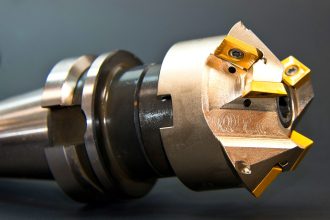
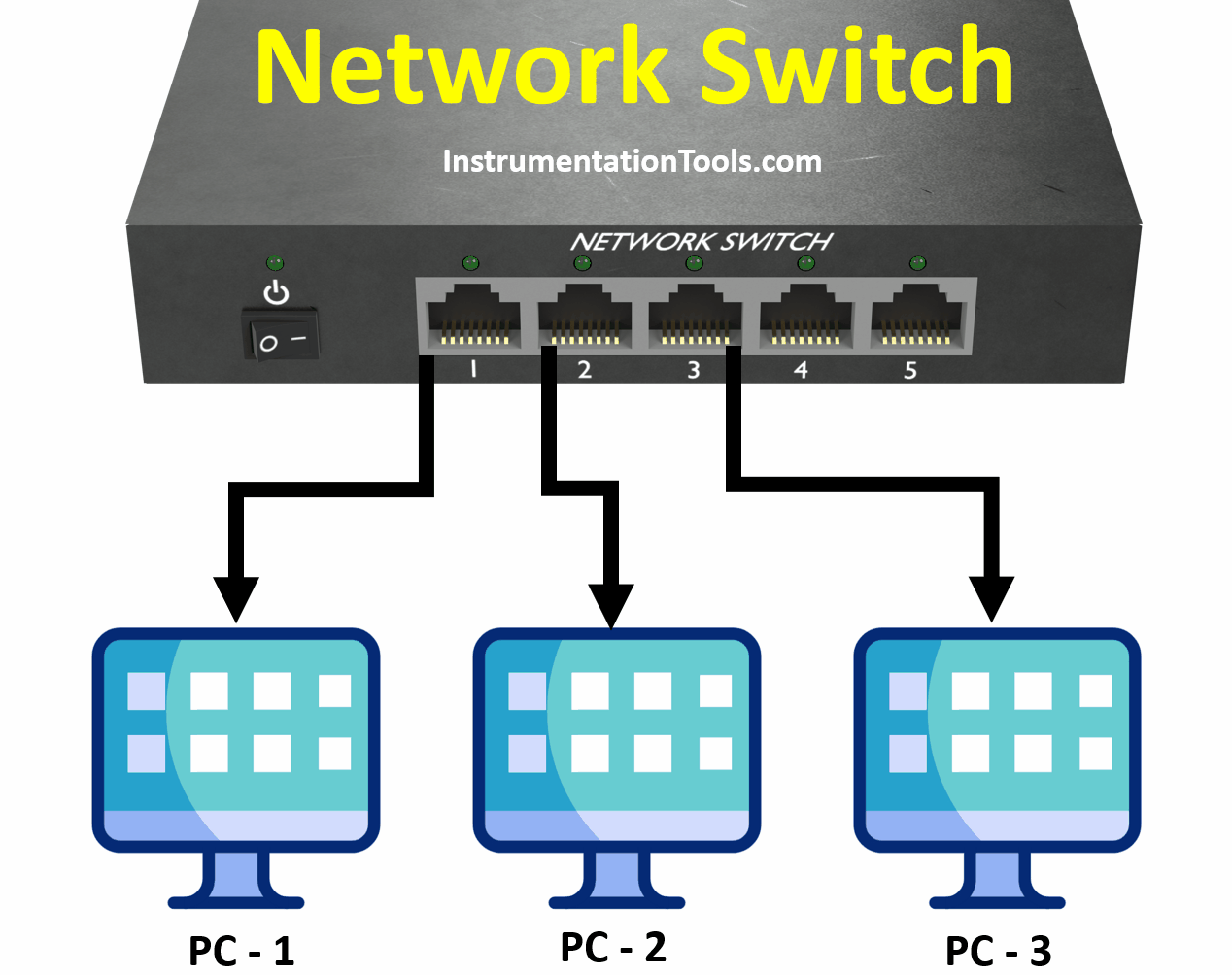
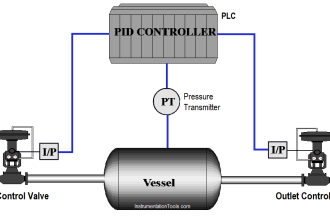
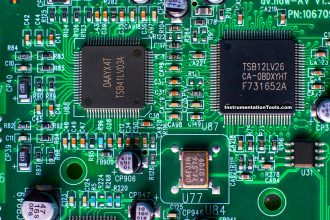
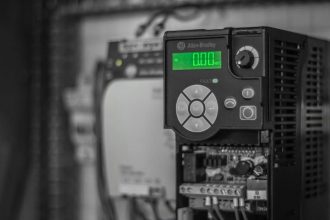

very instrumental